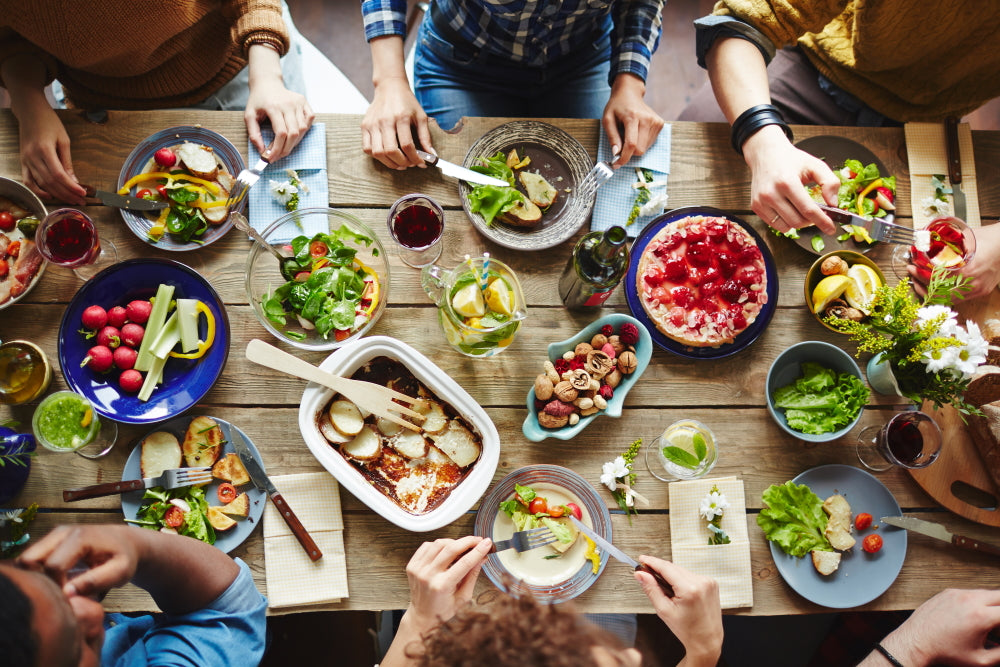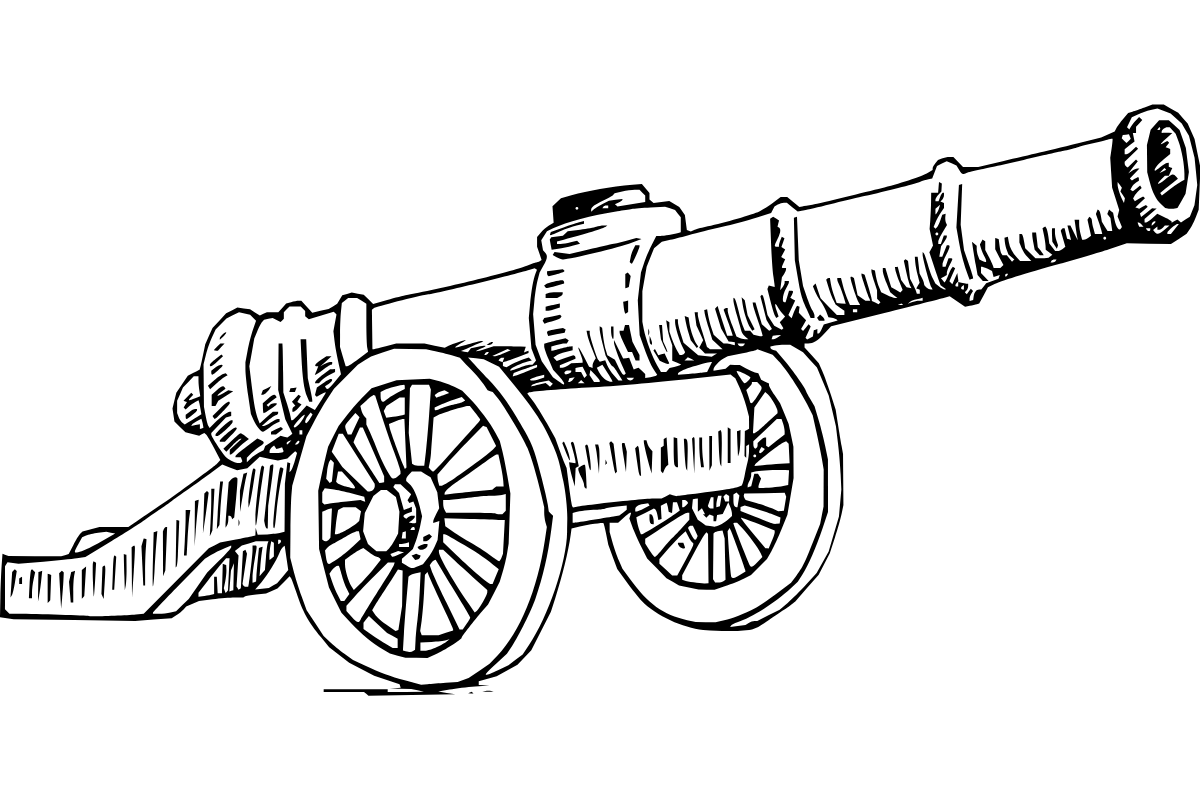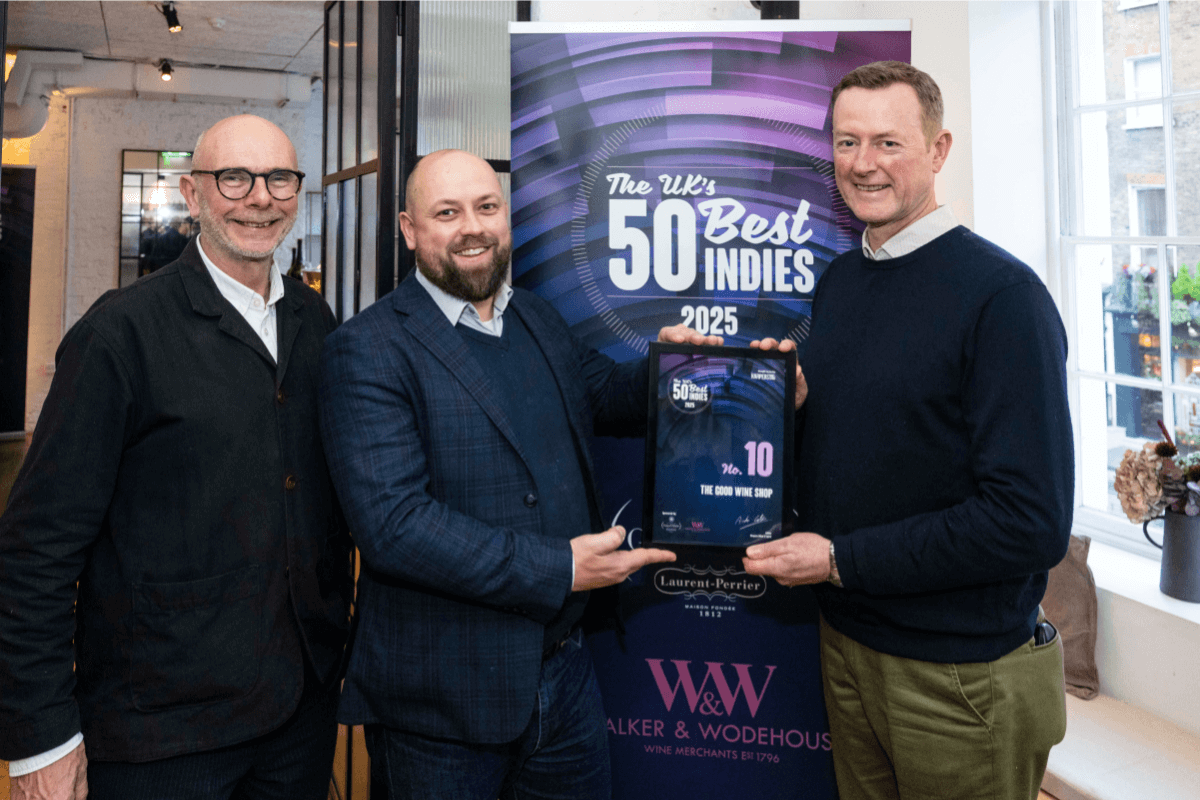
Recently, after I described a particularly juicy, easy-drinking wine that we had both just tasted as a ‘luncheon claret’, my colleague did a double take.
“So, would you actually describe it to a customer as a luncheon claret, and everything?” he probed.
“Yes, I would,” I replied over defensively.
He seemed keen to save me from embarrassment, if not complete and utter humiliation.
“But surely you would ‘sign’ it with inverted commas around it... wouldn't you?"
No, but I do concede that the noughties generation might have a problem with the word 'luncheon', which does sound like something William Shakespeare might have served up to Christopher Marlowe. No one has a proper lunch break these days, do they, let alone a long extravagant luncheon?
As for the term “claret” - isn't that what one drinks when one's up in town in one's club until one looks as if one has gone as bright in one’s face as the brightest of bright beetroots?
What then, would come to mind, if I dared to utter both words in the same sentence? At best, it evokes a thought of people who have so much money they stress over what to do with it. Surely, they should be investing in the highest Parker-scoring first growth Bordeaux, not buying lowly luncheon claret! At worst, it suggests that a cold-hearted, haughty class of people referenced in Downtown Abbey.
Even among the Bordelais, the term 'luncheon claret' can be considered a terrible slur, as if it is a wine that does not befit the lunch table let alone the dinner one.
But I quite like the turn of phrase: it does remind me of a by-gone era when you could have a prolonged lunch and drink wine too. I also look forward to it as a carefree festive season wine, something tasty to have with the leftover turkey and trimmings.
To my mind, a good luncheon claret should demand your attention, have moderate alcohol, a purity of fruit and be much juicier and easier to smash than most.

Now, before I get started on the controversy that is 'breakfast claret', here are a few ‘luncheons’ you must-try:
Unbelievably, First Drop’s first vintage was as recent as 2004. For me, their wines have been a regular feature on my dinner table as I have been a fanatic since I first discovered them, over a decade ago now. However, they are a relatively new addition to The Good Wine Shop evolving range.
His real brilliance is better illustrated in the wines themselves as the Mother's Ruin Cabernet Sauvignon 2017 demonstrates. Though 13.5% ABV, it is restrained and perfectly balanced and, to quote Matt, ‘an ode to luncheon claret. It is not as green and austere as that favourite lunchtime libation at the gentlemen’s club. Early picked fruit from a vineyard with good breeding in the Willunga foothills results in an elegant, varietal style with classic First Drop drinkability.’
Check out their other wines here.
Neverland Cabernet Sauvignon 2018 comes from Santa Barbara County in California and made by the engaging Andrew Jones. He is a vine nursery field man by trade and spent hours exploring vineyards, planning, planting and chatting with farmers across the Central Coast. He started to spot more and more interesting vineyards – often rocky, wilder sites located close to the Pacific, farmed mindfully by clients who have become friends over many years.
Of course, you should not expect too big a wine and only 30% of it spends a short time in new American oak barrels. As the moderate (for California) 13.9% ABV suggests, it is an elegant, juicy style. You will encounter plush layers of blackcurrant, spearmint and bacon fat spilling into kirsch and hints of tobacco. A wonderfully sumptuous, lifted Cabernet encourages you to take another sip, and another…
Another ‘luncheon’ from down-under is Fleet’s Silverwaters Cabernet Sauvignon 2019, where owners Lisa and Justin told me this is a ‘genuine’ traditional Ozzie Cabernet. Their rise to fame appears to have been stratospheric, having made their first wine in 2016 to it being almost immediately listed in Attica (the Fat Duck of Australia) and much sought-after elsewhere.
Weighing in at just 12.4% ABV, it has the flair of a flyweight and, contradictorily, an imposing presence, like Nicola Adams coming out into the boxing ring, if you like. Its exposed, fragile nature dances ‘strictly’ across your tongue with such agility, throwing a knock-out punch like a title-winning fighter.
The leafy fragrance and structure come from 100% whole bunch and just one old 500-litre puncheon was made, so is as rare as a boxer’s straight nose. A fragrance of rosemary, fennel and mint are instantaneously inviting and there is a spectacular core of savouriness, an undertow of brisk acidity and beneath that, unassuming blackcurrant and blackberry flavours.
Box clever this festive season with this ‘luncheon from a puncheon’!
The next bout involves someone whose philosophy and longevity I hugely admire. Château Marquis Bel Air d'Aligre 2005 (available in store only) in Margaux is owned by Jean-Pierre Boyer who at 87 years old, has produced 70 vintages in his life. He remembers helping his dad make the legendary 1947! What is even more remarkable is that during all these years, almost nothing has changed at the château: the vines, the winery, the way Jean-Pierre makes the wine, while everything else has changed around him, as he likes to point out. The one and only notable adjustment was the oak barrels which he got rid of in the 1950s, as he regarded them as mere marketing gimmicks and reverted to cement tanks for both fermenting and ageing. Despite owning close to 50 hectares, only 13 are planted, 8 of which are leased to neighbours and the other 5 are worked by himself and one trusted employee who has been with him for over 20 years. The youngest vines are more than 50 years old, whilst the oldest ones are co-planted and can reach over a century in age.
I would suggest giving this wine a decant the moment you rise if you are having it for lunch or brunch. Over the next few hours, the wine will reveal an astonishing purity of fruit and complexity. Wonderfully lifted, leafy aromatics and opulent summer pudding fruit crunch, a hint of graphite and very supple, fine tannins will be exposed in all its glory.



